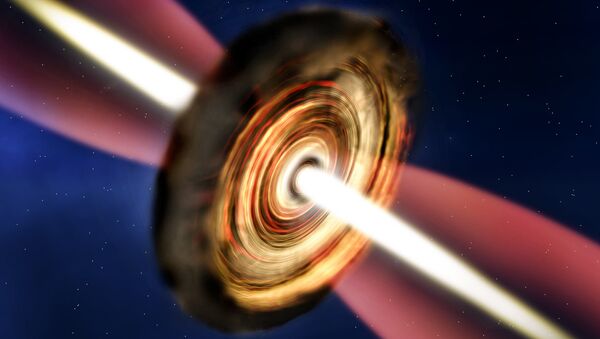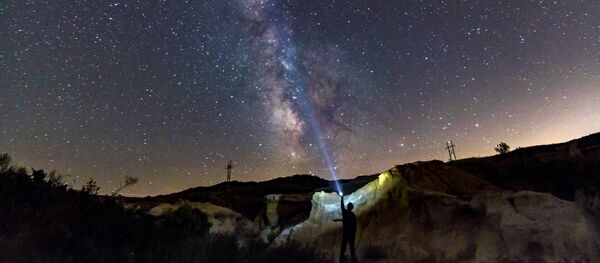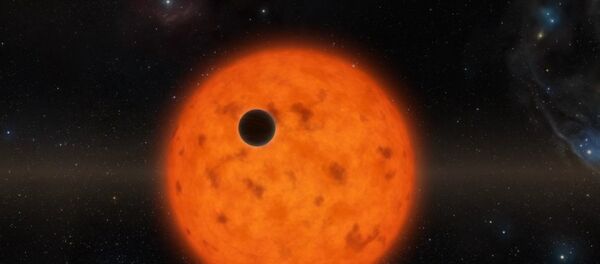According to our current understanding, the young Universe and its very first galaxies were mostly inhabited by massive stars, composed of pure hydrogen and helium. They were hundreds of times heavier than the Sun, and they burnt out and turned into supernovae very quickly, between hundreds of thousands and a few million years.
Using radio telescopes from the Submillimeter Array (SMA) and the Very Large Array (VLA), Dr. John Ilee from the Cambridge's Institute of Astronomy and his colleagues have been studying large molecular clouds in the Milky Way, where a "stellar nursery" is located. That is when they discovered a relatively close and extremely rare example of a star of this kind.
"An average star like our Sun is formed over a few million years, whereas massive stars are formed orders of magnitude faster — around 100,000 years," said Dr. Ilee, the study's lead author. "These massive stars also burn through their fuel much more quickly, so they have shorter overall lifespans, making them harder to catch when they are infants."
The astronomers discovered that one such stars situated within the molecular cloud G11.92-0.61, located in the constellation of Sagittarius, at a distance of 11 thousand light years from Earth. The star received the name G11.92-0.61 MM1, or simply MM1.
According to the scientists, this disc behaves as a so-called "Keplerian" disc: its inner part is rotating faster than the outer one. The researchers suppose that the disk of gas and dust, inside of which our sun was born, looked the same way. This fact may prove that massive stars are born under the same scenario and rules as the Sun and other dwarfs.
The astronomers do not know yet whether there are any planets or planetary embryos inside the disc, since the resolution of the VLA and SMA is not enough to test these hypotheses. In the near future, Dr. Ilee and his team plan to study MM1 using ultrasensitive Atacama Large Millimeter/submillimeter Array radio telescope (ALMA), which will help the scientists to discover whether this "heavyweight" has any satellites.






